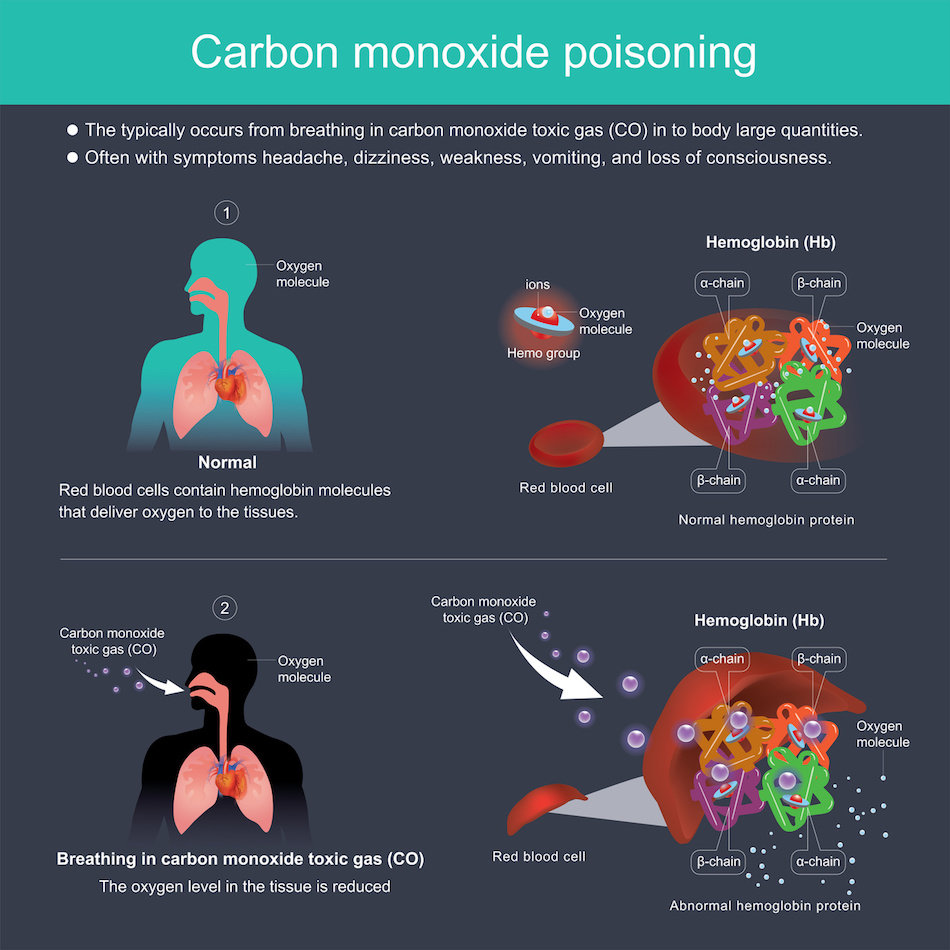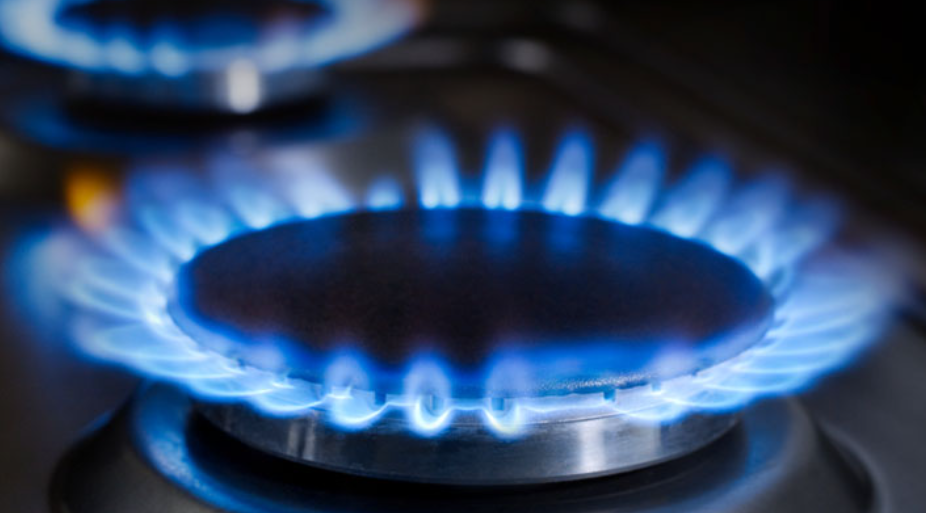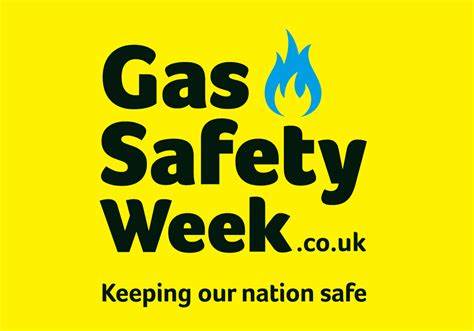

The conventional two-wavelength pulse oximeter is not accurate when COHgb is present. A fingertip pulse CO-oximeter can be used to measure heart rate and oxygen saturation, and COHgb levels.Venous or arterial blood may be used for testing. The most common technology available in hospital laboratories for analyzing the blood is the multiple wavelength spectrophotometer, also known as a CO-oximeter.If the patient has been breathing normal room air for several hours, COHgb testing may be less useful. It is important to know how much time has elapsed since the patient has left the toxic environment, because that will impact the COHgb level.COHgb levels can be tested either in whole blood or pulse oximeter.The key to confirming the diagnosis is measuring the patient’s carboxyhemoglobin (COHgb) level.All women of childbearing age who are suspected of having CO poisoning should have a pregnancy test.Neurological exam should include an assessment of cognitive function such as a Mini-Mental Status Exam.Patients should be examined for other conditions, including smoke inhalation, trauma, medical illness, or intoxication. Diagnosis is based on a suggestive history and physical findings coupled with confirmatory testing.

People with chronic heart disease, anemia or respiratory illness.Power washers and other gas powered tools.Charcoal grills, propane stoves, and charcoal briquettes for both cooking and heating indoors.Red Flags: No fever associated with symptoms, history of exposure, multiple patients with similar complaints. Appropriate and prompt diagnostic testing and treatment is very important. With a focused history, exposure to a CO source may become apparent. Symptoms of severe CO poisoning include malaise, shortness of breath, headache, nausea, chest pain, irritability, ataxia, altered mental status, other neurologic symptoms, loss of consciousness, coma, and death signs include tachycardia, tachypnea, hypotension, various neurologic findings including impaired memory, cognitive and sensory disturbances metabolic acidosis, arrhythmias, myocardial ischemia or infarction, and noncardiogenic pulmonary edema, although any organ system might be involved. Its effects are caused not only by impaired oxygen delivery but also by disrupting oxygen utilization and respiration at the cellular level, particularly in high-oxygen demand organs (i.e., heart and brain). The clinical presentation of CO poisoning is the result of its underlying systemic toxicity.

The most common symptoms of CO poisoning are headache, dizziness, weakness, nausea, vomiting, chest pain, and altered mental status.
Carbon monoxide poisoning symptoms in dogs how to#
How to Recognize CO Poisoning: The symptoms and signs of carbon monoxide poisoning are variable and nonspecific.


 0 kommentar(er)
0 kommentar(er)
